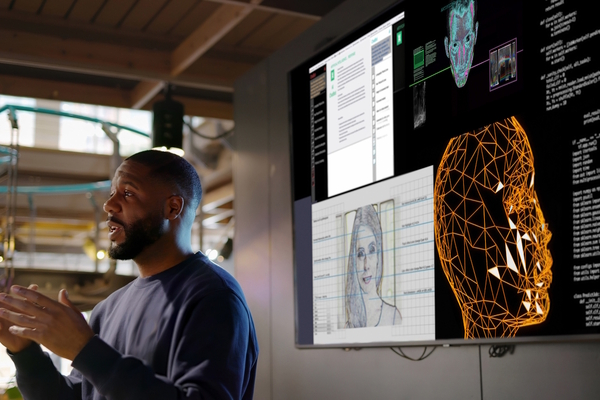FinTechTalk: Embracing AI in banking - delivering intelligence everywhere
On 17 September 2024, FinTechTalk host Charles Orton-Jones was joined by Marcel Kramer, Director of Data Engineering and GenAI Program, ABN AMRO Bank N.V.; Christian Hull, Senior Consultant, Experienced Edge Associates; andAnthony Morris, Chief Industry Innovation Officer, nCino.
Automating fraud detection
The top 1% of banks with sizeable budgets have been putting together significant data science teams, while also training up their business people to be able to deal with the new technology and find business cases for solutions. The rest of the banks have either dipped their toes in AI with some positive or discouraging outcomes or are sitting on the fence. So, although many players have FOMO, in truth, no one is deep in AI yet.
ABN AMRO has already had AI and ML deployments and started to experiment with GenAI about a year ago. It has set up a Strategy and Innovation Department that has come up with some flagship use cases for the technology. At the moment, AI is widely used to reduce, if not eliminate, cumbersome manual tasks, while decision making stays with humans. As a result, bankers can now assess a credit risk in minutes rather than a week. CEOs need reassurance that they won’t get burned from a regulatory point of view when they deploy AI and the models they use are explainable and transparent.
The AI deployment gap and ethical AI
Data is everywhere, banks only need to find ways of capturing unstructured data, so it can be leveraged. AMRO has built its own ChatGPT to protect corporate data and to make sure that even prompts remain within company boundaries. Meanwhile, for software vendors, there are three different ways of getting new software – building it, acquiring it and partnering with someone.
Regulators have done a much better job about AI than cryptos, when regardless of their political establishment, they were singing from the same tune – broadly speaking. Explainability is key to the deployment of AI in the banking sector. However, there are cases where its not key, such as OCR or operational efficiency, where the risk that non-explainability presents can be mitigated. Some tools can be fine for one use case, such as AI for onboarding and training, while some ethical questions will be raised if the same technology is used for employee performance management.
The technological gap between big banks with tech budgets of billions of dollars and small banks is already large enough, but is expected to increase as big banks expect billions of savings as a result of their AI deployments. In the next decade, AI is anticipated to democratise banking services – also the ones that have been available only for high net worth individuals. But the biggest progress can be expected in mid-office activities.
The panellists’ insights
- The market hasn’t adopted AI yet to the extent it could.
- Technologists need to find AI use cases that the C-suite finds sexy and exciting and are preferably product-centric that can be highlighted to customers.
- The problem with pitching AI to the Board is that they don’t promise hard savings, its benefits are often too abstract to put a number on. GenAI is cheaper than other types of AI tools, so running a pilot with it and demonstrating its value is much easier.
- It’s always the person that is accountable, not the model.

Business Reporter Team
Most Viewed
Winston House, 3rd Floor, Units 306-309, 2-4 Dollis Park, London, N3 1HF
23-29 Hendon Lane, London, N3 1RT
020 8349 4363
© 2025, Lyonsdown Limited. Business Reporter® is a registered trademark of Lyonsdown Ltd. VAT registration number: 830519543





